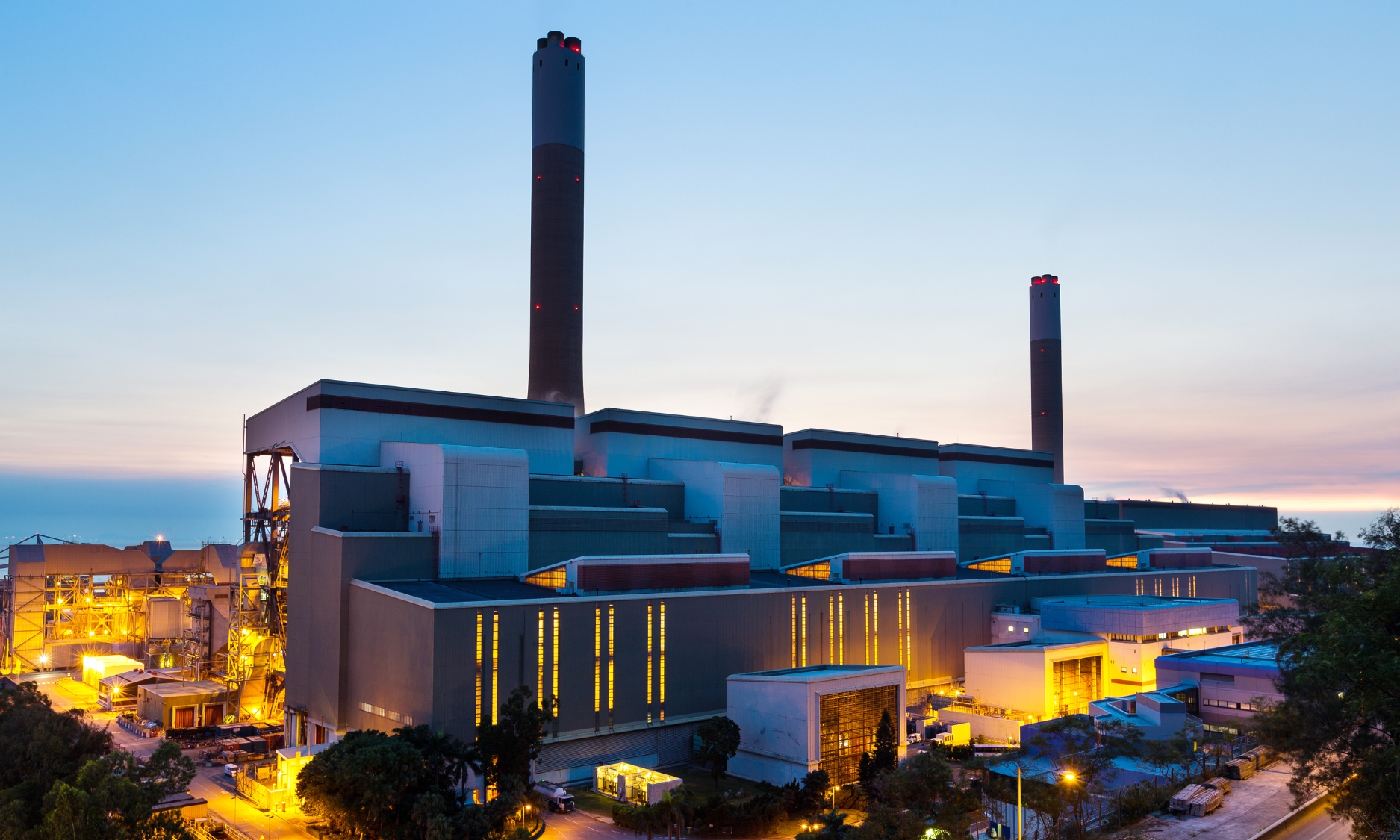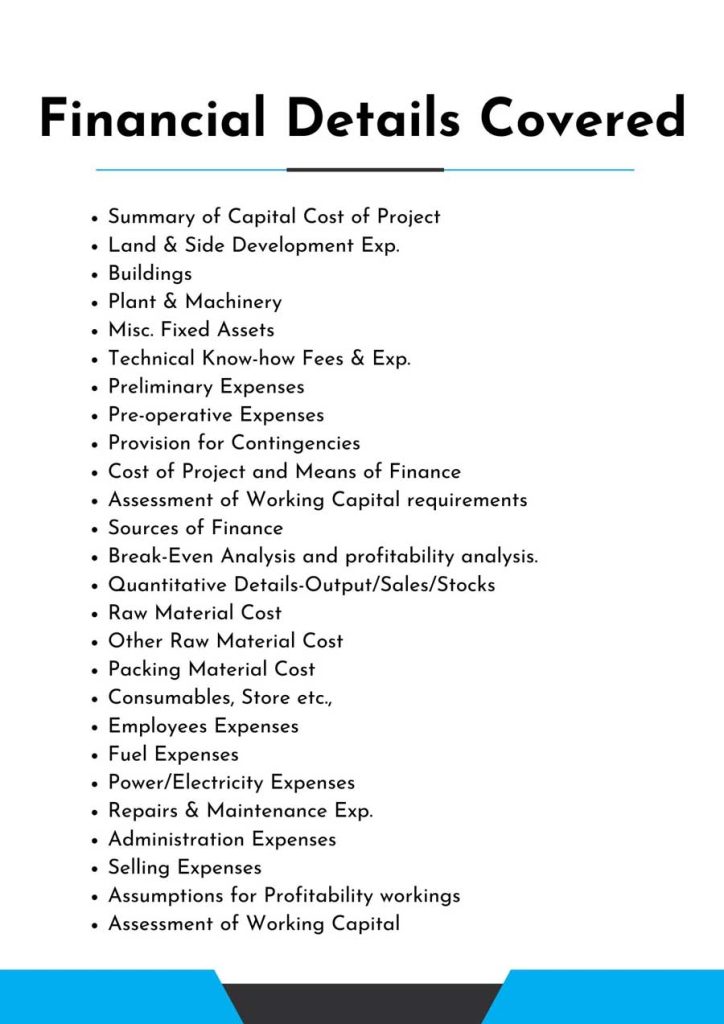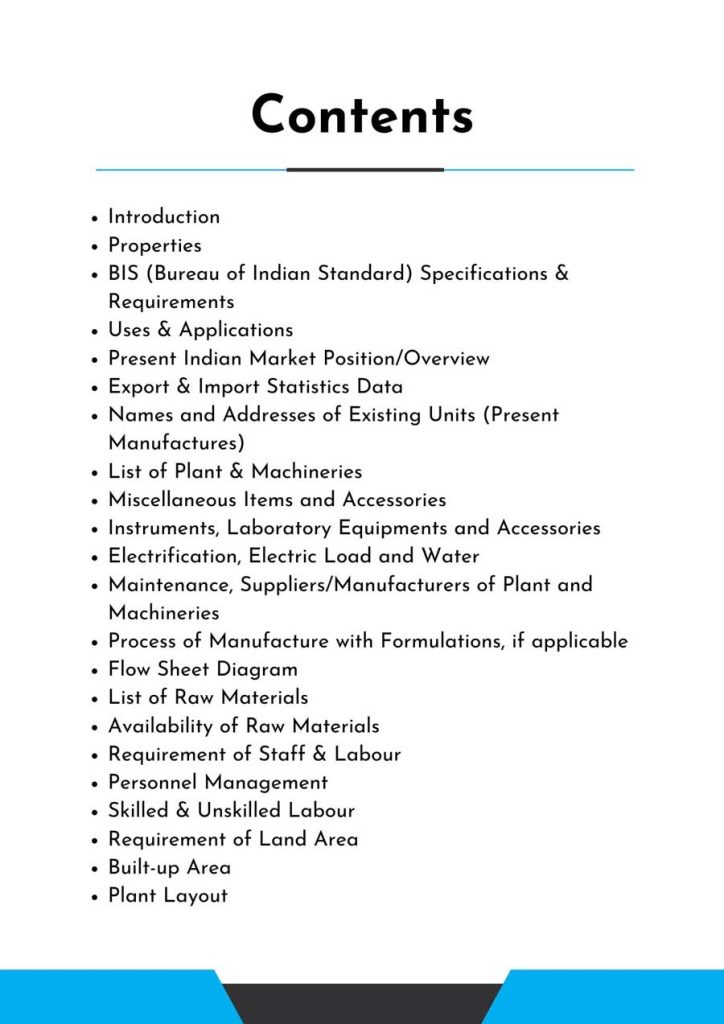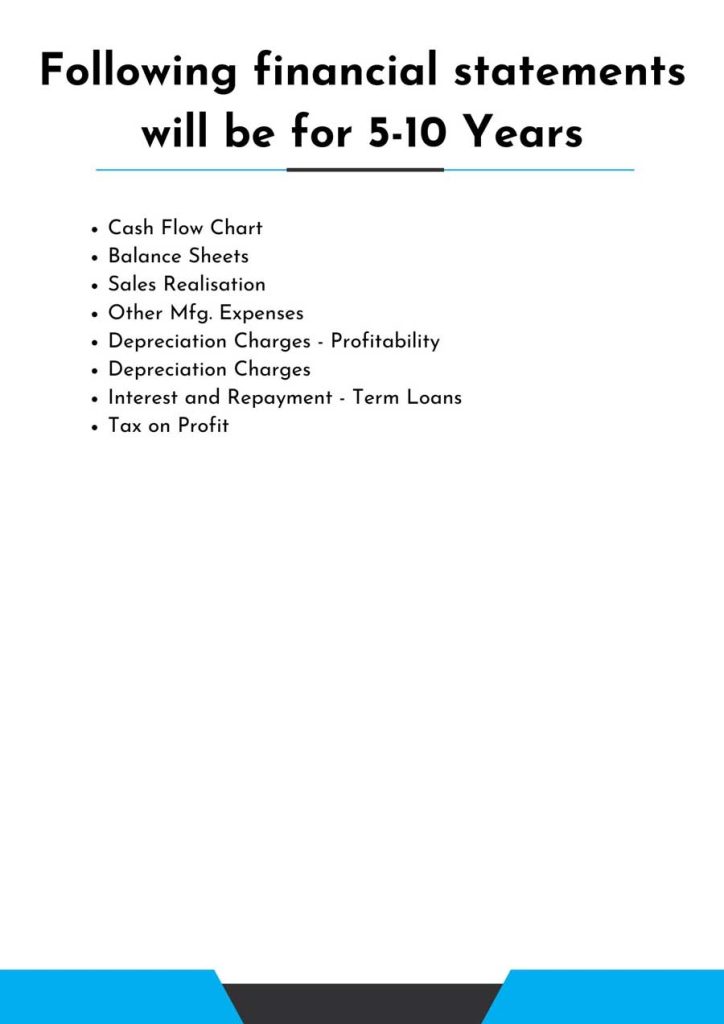Feasibility Report On Cement
Factory
A cement factory is a place where limestone and other materials are heated to high temperatures to produce a powdery substance called cement, which is used in construction to bind materials together.
Introduction
Project Report For Cement factory is as Follows.
A cement factory is a manufacturing facility where the process of producing cement takes place. Cement is a key building material used in the construction industry for various applications, such as building structures, roads, bridges, and dams. The cement manufacturing process involves the extraction and processing of raw materials, the production of clinker, and the grinding and blending of clinker with other materials to produce the final cement product.
The first step in cement production is the extraction of raw materials, typically limestone, clay, shale, iron ore, and sand. These materials are quarried or mined and transported to the cement factory. They are then crushed and blended in precise proportions to create the raw meal, which is a mixture of finely ground materials.

The next stage is the production of clinker, which involves heating the raw meal in a rotary kiln at very high temperatures. This process causes chemical reactions that result in the formation of clinker, a marble-sized nodular material. The clinker is then cooled and stored.
In the final stage, the clinker is ground with a small amount of gypsum and other additives, such as fly ash or slag, to produce cement. This process occurs in a cement mill, where the clinker and additives are finely ground to create a powder known as cement. The cement is then stored in silos or bags and distributed to customers for use in construction projects.
A cement factory has several societal and economic benefits. For starters, it creates jobs for a diversified workforce by providing steady employment options. It promotes local development and contributes to economic growth by creating income and tax revenues. Cement factories also contribute to infrastructure development by providing critical building materials for roads, buildings, and other structures. Furthermore, through supporting housing projects and urban expansion, they contribute to urbanization and improve living standards. Through efficient resource utilization, waste management, and environmental activities, cement production contributes to sustainable development.
Market Strategy Of Cement Factory
The Indian passenger automobile market is predicted to grow to US$ 54.84 billion by 2027, with a CAGR of more than 9% between 2022 and 2027.
By 2025, India’s electric vehicle (EV) industry is expected to reach Rs. 50,000 crore (US$ 7.09 billion). According to a CEEW Centre for Energy Finance report, electric vehicles have a US$ 206 billion market opportunity in India by 2030. This will demand an expenditure of approximately US$ 180 billion in vehicle manufacture and charging infrastructure. A lot of factors influence the automobile business, including the availability of low-cost skilled labor, powerful R&D centers, and low-cost steel production. The industry also offers excellent investment prospects as well as direct and indirect employment to skilled and unskilled labor. The electric car sector is expected to generate five crore



